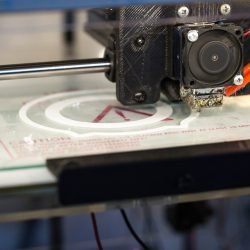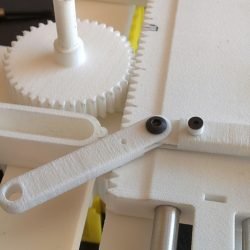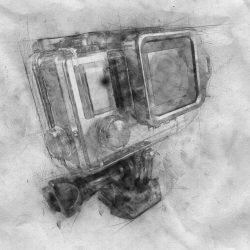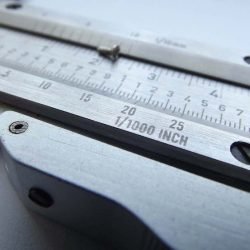Mass Customization: The Future of Made-to-Fit Manufacturing
Once upon a time there were cobblers, who would craft shoes to individual feet. Then came the industrial revolution, and the cobblers were replaced by dozens of factory workers, each performing a single step to build standard shoes—and feet were expected to adapt. This wasn’t all bad; the new shoes were cheaper, and more people
-> Continue reading Mass Customization: The Future of Made-to-Fit Manufacturing









